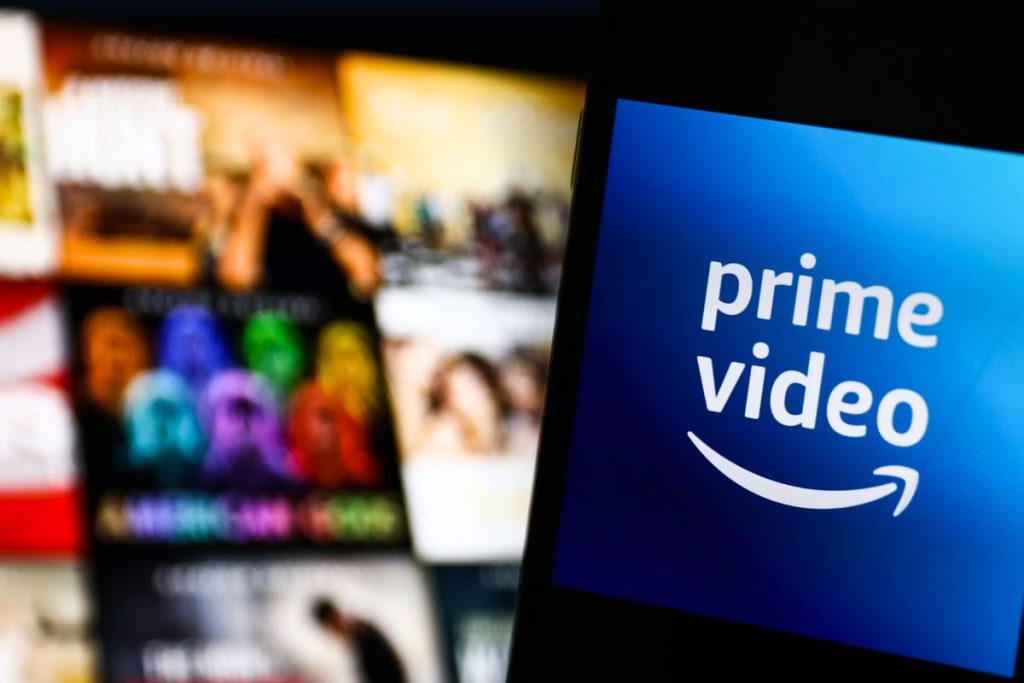In an industry where renewal often signals success, Amazon’s recent decision to pull the plug on Étoile has left fans and creators alike stunned. The series, conceived by Amy Sherman-Palladino and Daniel Palladino—best known for Gilmore Girls and The Marvelous Mrs. Maisel—had already been greenlit for two seasons. Yet, after just one, the streaming giant decided it wasn’t profitable enough to continue.
A Ballet Drama with Star-Studded Ambitions
Étoile followed two world-renowned ballet companies—one based in New York, the other in Paris—who make a daring bet: swap their most talented dancers to revive their historic institutions. Boasting an international cast including Luke Kirby, Charlotte Gainsbourg, Simon Callow, Lou de Laâge, and David Alvarez, the show promised glamour on both sides of the Atlantic.
When Viewership Falls Short
Despite its pedigree and two-season order, Étoile failed to capture a large enough audience. According to industry insiders, the series’ high production costs—with lavish shoots in New York and Paris—weren’t offset by sufficient viewer engagement. Amazon confirmed it would still campaign for Emmy consideration in the comedy category, but the numbers simply didn’t add up for a second season.
Critical Acclaim vs. Audience Response
Critics were charmed. French outlet AlloCiné awarded the series a solid 3.6 out of 5, praising Sherman-Palladino’s sharp dialogue and the show’s sumptuous visuals. Yet regular viewers were less enthusiastic, rating it just 2.9 on average. This gap between critical praise and audience interest proved costly.
A Pattern of High-Risk, High-Cost Decisions
Étoile isn’t alone—Amazon also recently axed The Wheel of Time after three seasons, citing similar concerns over production budgets and subscriber numbers. As streaming services juggle the balance between prestige projects and sustainable viewership, even celebrated creators can find their work at risk.
For fans of Sherman-Palladino’s witty, heartfelt storytelling, the cancellation of Étoile is a disappointing reminder that in today’s streaming wars, viewer metrics often overshadow artistic ambition.



